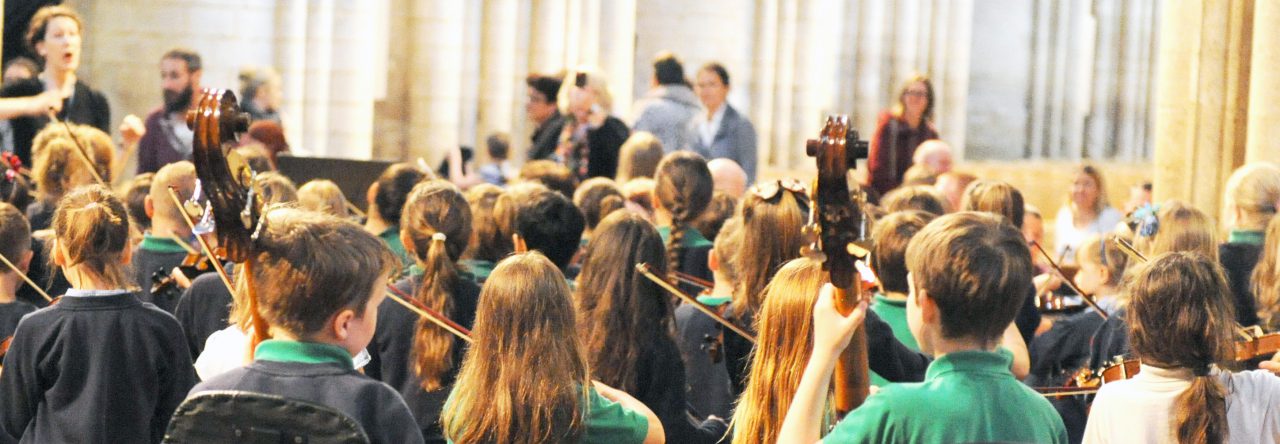In last week’s blog I offered the idea of foundational listening in music education.
I drew upon the thought of late 19th century music educators led by music HMIs of the time working with the legacy of John Curwen and John Hullah. Singing and playing was listening. Listening was thinking in sound. There were mental faculties to educate.
However, as one canny re-tweeter reminded me, we do need to think about listening in as many ways as possible. And while you might say ‘there are as many ways of listening as there are human beings’ [1], it might be helpful to do what Estelle Jorgenson has done in her book ‘The Art of Music Teaching’. [2]
Chapter seven is titled ‘Listener’. Here is set out eight ways in which music is heard. (Estelle discounts the distinction made between listening and hearing.) [3]
Estelle’s list is not meant to be exhaustive, just helpful to the music teacher.
Estelle writes:
‘I am attracted to
- intellectual listening for its contribution to mind and knowledge;
- sensual listening for its acknowledgement of the almost instinctual and direct engagement especially of our hearing, sight, and touch;
- experiential listening for its holistic and passionate engagement with music;
- performative listening for the insights we have as we make as well as take music;
- contextual listening for the important role of time and space in shaping what we make of music and how it is made;
- technical listening for its acknowledgement of specific skills and vocabularies that can express understanding systematically, succinctly;
- peripheral listening for its recognition of the role music plays in everyday life;
- and repetitive listening for its contribution to widening the reach of musical experience.’ [4]
Much there for the teacher to work with, and just think, how the different ways might intersect. [5]
Did you spot in the fourth point the idea that we ‘take and make music’?
Making and taking can come very close together, but never a unity. Isn’t that annoying?
Notes:
[1] Have you noticed that we are in the Age of Autheticity where expressive individualism rules? See Taylor, C. (2007) The Secular Age, Harvard University Press: London, pp 473-504.
[2] Jorgensen, E. R. (2008) The Art of Teaching Music. Indiana University Press: Bloomington and Indianapolis.
[3] Estelle tells the story of Anna listening to music while she shops. ‘Can she really be listening to music or is she just hearing sound and not really attending to it? She must listen and attend to the music in some fashion because later she can repeat the lyrics, sing the tune …’ (p113). The distinction made between hearing and listening remains a popular myth.
See also https://jfin107.wordpress.com/2014/08/29/proper-and-improper-listening-in-the-draft-gcse-for-music/
[4] Ibid pp 111-134.
[5] Pupils make interesting listening categories if consulted.
